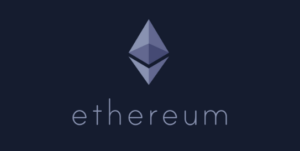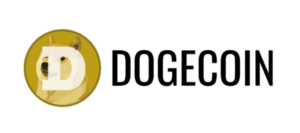Are Solana’s Network Extensions Comparable to Ethereum’s Layer 2 Solutions Under a Different Label?

Solana enthusiasts have been vocal in their criticism of Ethereum’s use of layer 2 networks to increase transaction capacity, arguing that such approaches may harm Ethereum itself. However, recent developments suggest a shift in the Solana community’s stance towards modularity, albeit with different terminology.
Previously, Solana proponents had ridiculed Ethereum’s modular framework, which involves offloading certain blockchain functions to interconnected chains to scale the network. Surprisingly, some members of the Solana community have now chosen to refer to L2 technologies on Solana as “network extensions,” sparking controversy and ridicule, particularly among Ethereum supporters.
Anatoly Yakovenko, the co-founder of Solana, expressed his views on the matter by stating that L2s become parasitic when they prioritize transactions over the base layer. Similarly, Kyle Samani, the managing partner of Multicoin Capital, highlighted that any transaction not occurring on the base layer but could have done so is parasitic by definition. The debate centers on whether L2s are parasitic when their functions significantly overlap with the base layer, diverting revenue and users from it.
Yakovenko warned that if the Solana ecosystem were to sacrifice L1 optimizations for a general-purpose L2 stack, it would be detrimental to Solana’s mainnet. Traditionally, layer 2 networks are additional blockchains built on Ethereum’s base layer to enhance transaction speed and reduce costs while maintaining security levels. Users can bridge their assets from Ethereum’s base layer to an L2 with a few simple steps.
The labeling of Ethereum’s L2s as “parasitic” by Solana supporters sparked debates on definitions, with some pointing out that Solana itself hosts L2s. The terminology dispute extended to differentiating between L2s and network extensions. Solana’s Zeta and Code are examples of L2s, with Zeta being a decentralized derivatives trading platform and Code offering secure transaction queuing during Solana downtimes.
The Solana Foundation’s head of strategy, Austin Federa, rebranded Solana’s L2s as “network extensions,” emphasizing their specialized functions compared to general-purpose L2s. While some stakeholders preferred the new terminology, others remained skeptical, highlighting the ongoing evolution of the blockchain landscape towards modular solutions. The market dynamics indicate a shift towards L2 adoption, with Ethereum’s base layer experiencing reduced activity following upgrades that enhance L2 scalability.
In conclusion, the debate over the terminology and functionality of L2s and network extensions underscores the evolving nature of blockchain technologies and the ongoing quest for efficient scaling solutions within the crypto ecosystem.




